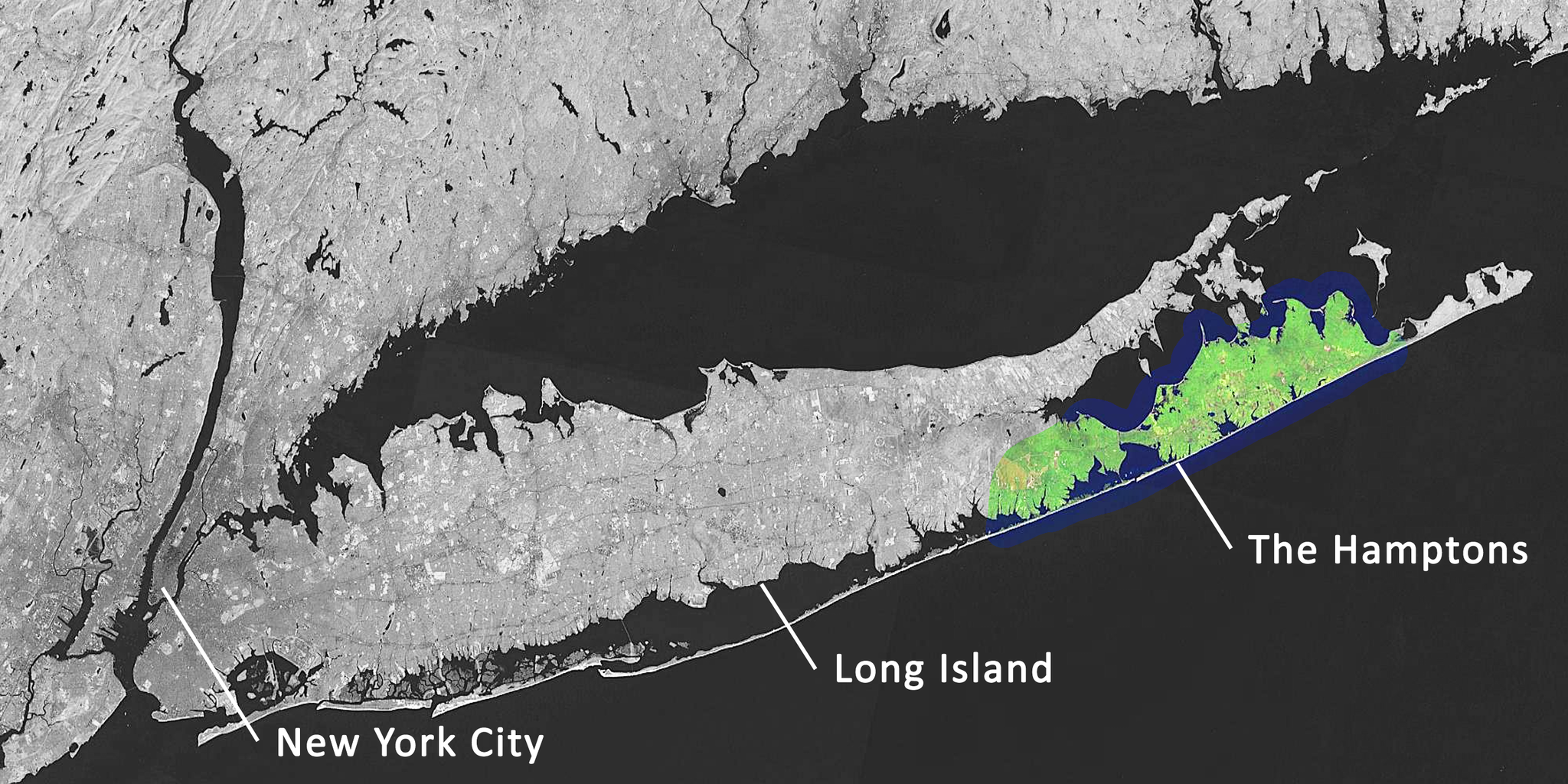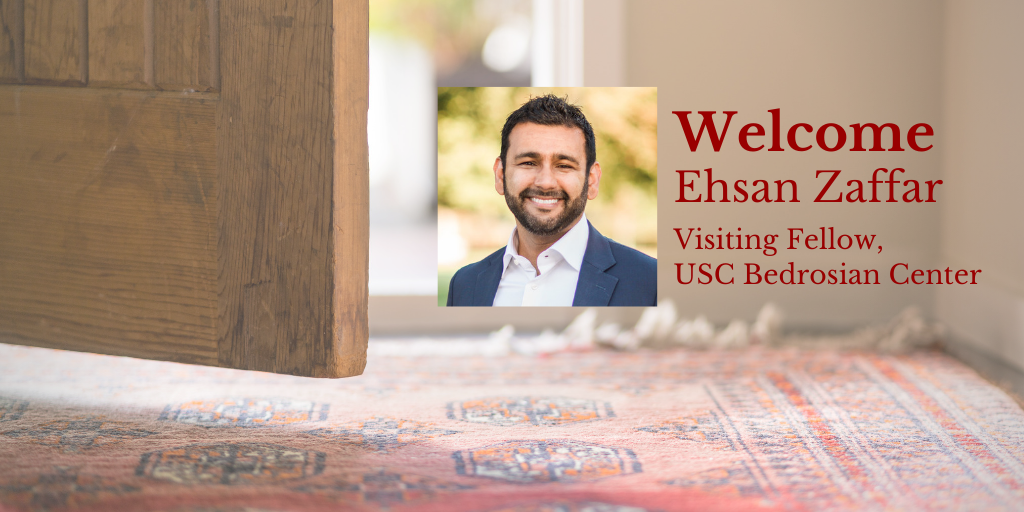Why Is COVID-19 Targeting the Remarkably Rich?
Published by USC Bedrosian Center on
by Ehsan Zaffar
COVID-19 has spread in a remarkable pattern never before seen in modern human history:
It seems to target the remarkably rich.
Normally, outbreaks (such as cholera) devastate low-income communities first. MERS, SARS and many modern pandemics are far more likely to show up in densely populated, working-class areas than at a country club.
COVID-19 is behaving differently. After leaving China, the virus spread to the highest levels of society – from the U.S. Congress, Tom Hanks and NBA pros to sitting heads of state and billionaires. One of the first major clusters in Europe affected two dozen people at an upscale ski resort in France. Instead of percolating in impoverished city centers, COVID-19 hung out on expensive cruise ships. Some of the very first cases in Hong Kong didn’t show up in low-income urban centers, but at the Four Seasons Hotel. Meanwhile, many of the poorest countries in the world seem to be the safest.
What’s going on here? Is this the Bernie Sanders of pandemics? What could be causing the virus’ selectivity?
No one really knows why, but I have a few guesses:
- One reason could be that inherent inequality allows the wealthy elite to get tested more quickly, or in the case of the U.S., obtain access to testing in the first place. Low-income folks may have the disease but likely lack the time or the medical insurance to get tested.
- The virus began and is currently spreading during the winter months in the Northern Hemisphere – a time when coronaviruses are more easily transmitted. The Northern Hemisphere also happens to contain a greater share of the world’s wealthy population. Correlation isn’t causation, but there is a chance that weather and wealth are playing a role in why the elite are more susceptible to the virus.
- COVID-19 is a “social” disease, one that spreads in large gatherings like conventions, parties and cocktail receptions – places frequented by those with free time and disposable income.
- Finally, traveling the globe is expensive and the privileged travel frequently. Those who travel less tend to have less disposable income, and lower rates of travel are directly correlated with a significantly lower risk of infection.
Aside from the interesting demographic phenomenon at play here, the susceptibility of the wealthy reveals an important fact about our society: a tiny group of people in the U.S. and around the world are wealthier than ever before. Their wealth transcends nation and state, allowing them to travel amongst countries as easily as we travel among our local neighborhoods. This wealth also allows folks to get tested earlier and get treated faster, while suffering little to no serious economic consequences (e.g. layoffs) as a result of the infection.
If we are to survive and thrive when the next pandemic comes (and it will), then building an economic support infrastructure for the less fortunate is just as important as building a public health infrastructure for the infected.



